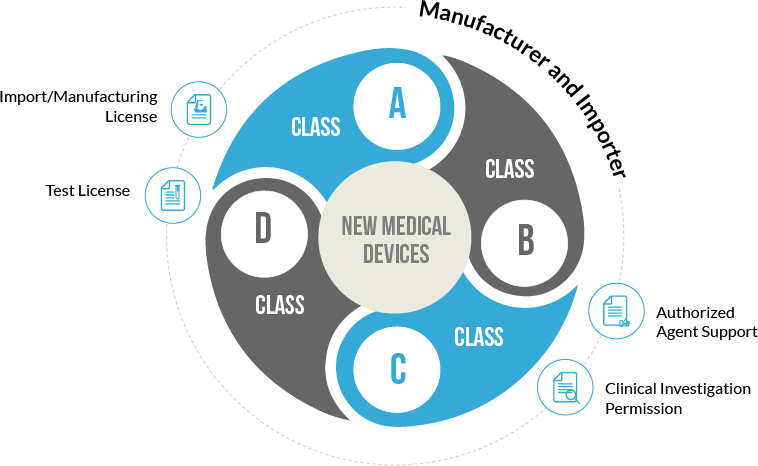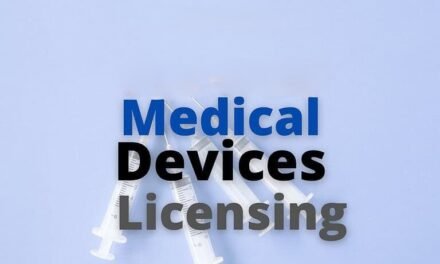
Regulatory Changes in the Indian Medical Device Industry: What Manufacturers Must Know

India’s medical device industry has experienced significant regulatory changes aimed at enhancing safety, efficacy, and global competitiveness. Manufacturers must stay informed about these developments to ensure compliance and capitalize on emerging opportunities.
1. National Medical Devices Policy, 2023: In April 2023, the Union Cabinet approved the National Medical Devices Policy, 2023, to accelerate the sector’s growth and reduce import dependency. The policy focuses on:
- Regulatory Streamlining: Enhancing ease of doing business and research in India.
- Infrastructure Development: Establishing medical device parks and clusters.
- Innovation and R&D: Promoting research and development in the medical devices sector.
- Skilled Manpower: Developing a skilled workforce for the industry.
- Global Competitiveness: Aligning with international standards to boost exports.
2. Medical Device Rules, 2017: The Medical Device Rules, 2017, established a risk-based classification system for medical devices and outlined specific regulatory requirements for each class. These rules have been periodically updated to address emerging technologies and industry needs.
3. Draft Drugs, Medical Devices, and Cosmetics Bill, 2022: The proposed bill aims to regulate medical devices as a separate category, distinct from drugs, providing a more tailored regulatory framework. It also includes provisions for the regulation of e-pharmacies and clinical trials.
4. Production-Linked Incentive (PLI) Scheme: The government has approved an investment of ₹6,000 crore under the PLI scheme for the pharmaceutical and medical devices sectors. This initiative aims to boost domestic manufacturing and reduce reliance on imports.
5. Establishment of Testing Laboratories: The Ministry of Health and Family Welfare has proposed amendments to establish State Medical Devices Testing Laboratories and a Central Medical Devices Testing Laboratory for the testing and evaluation of medical devices in India.
Implications for Manufacturers:
- Compliance: Manufacturers must align with the updated regulatory requirements, including obtaining necessary licenses and certifications.
- Quality Assurance: Adherence to standards such as ISO 13485 is crucial for ensuring product quality and facilitating market access.
- Innovation: Leveraging government incentives for R&D can lead to the development of advanced medical devices.
- Market Access: Understanding and complying with both domestic and international regulations are essential for expanding into global markets.
Staying abreast of regulatory changes and proactively adapting to new requirements will enable manufacturers to thrive in India’s evolving medical device landscape.




























